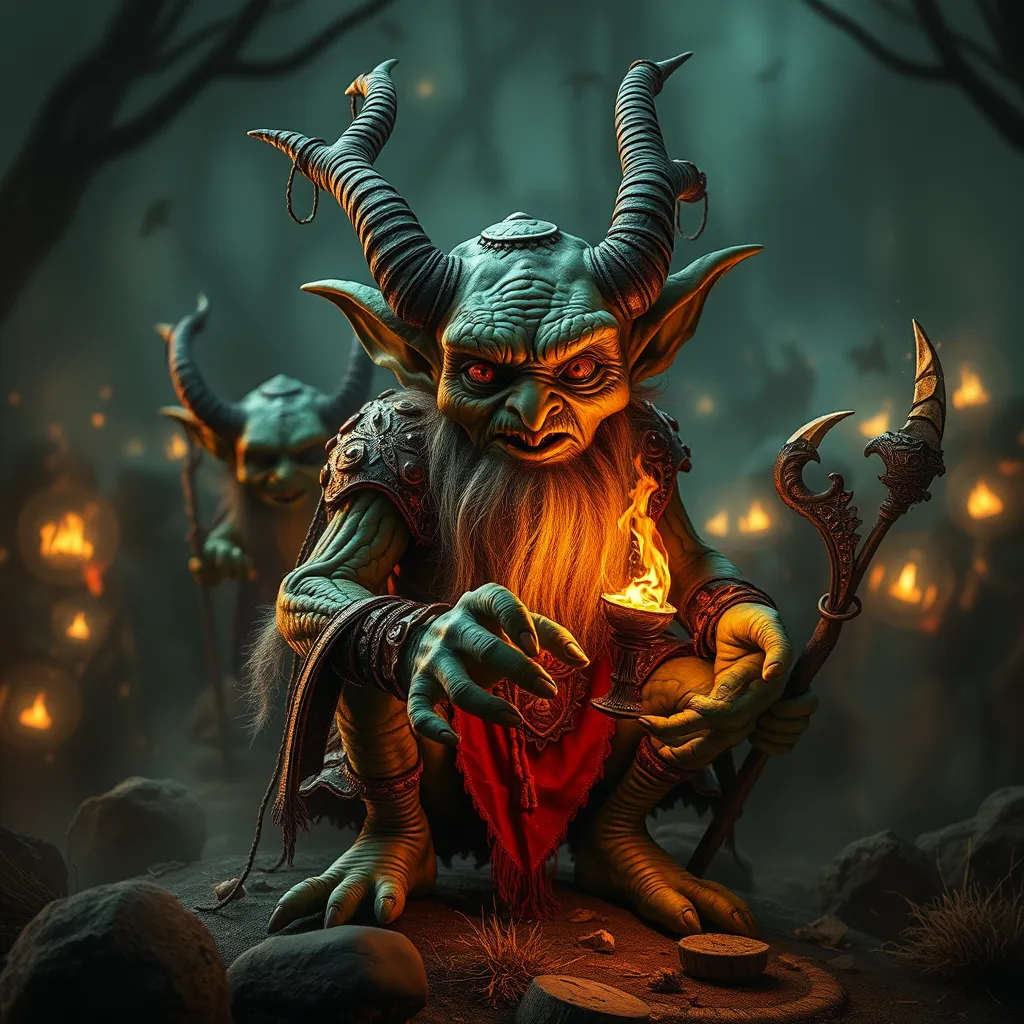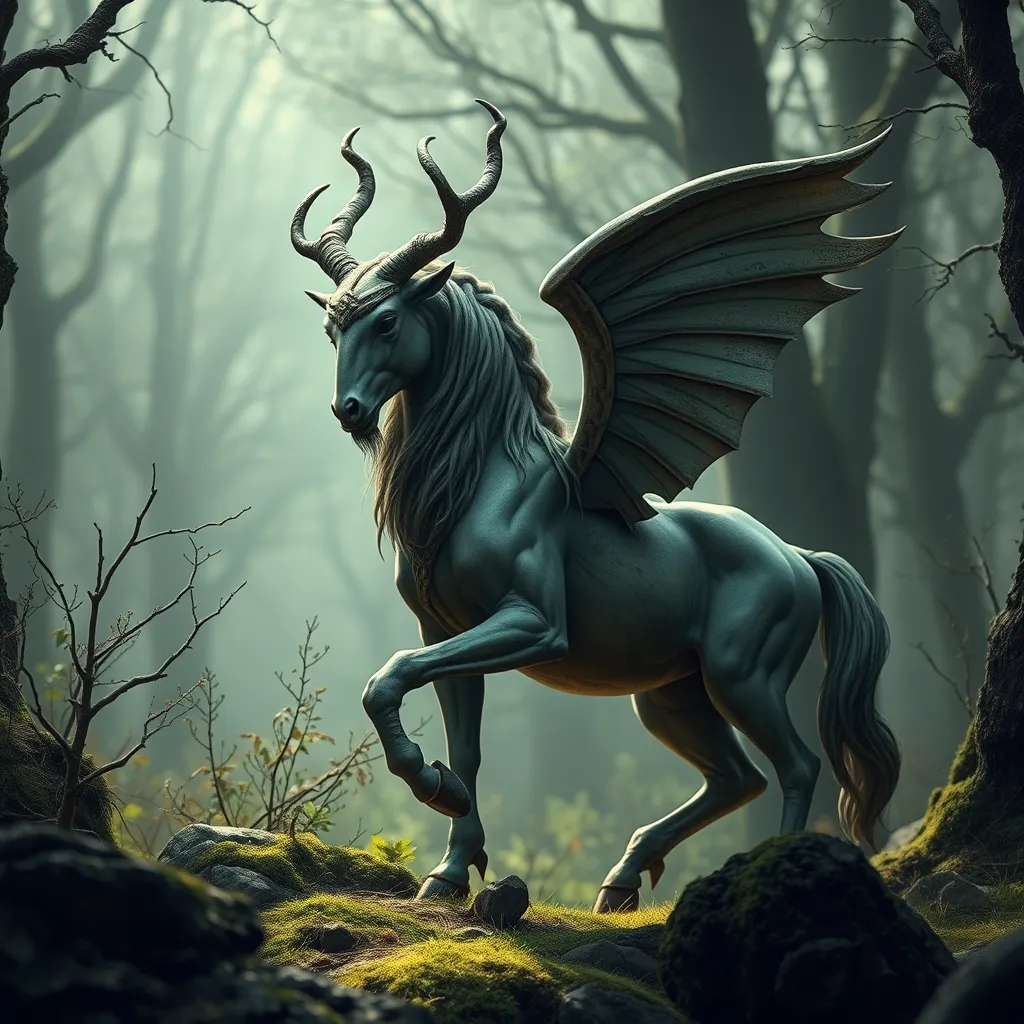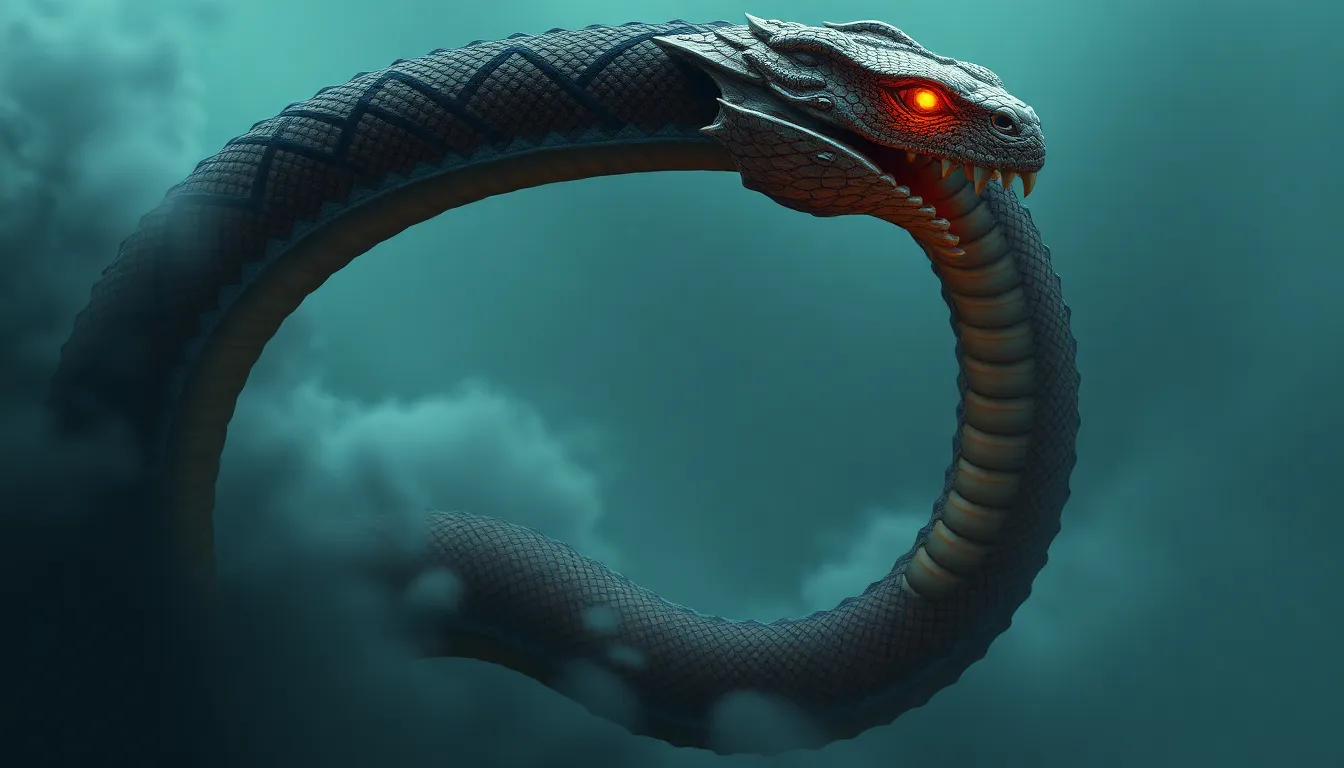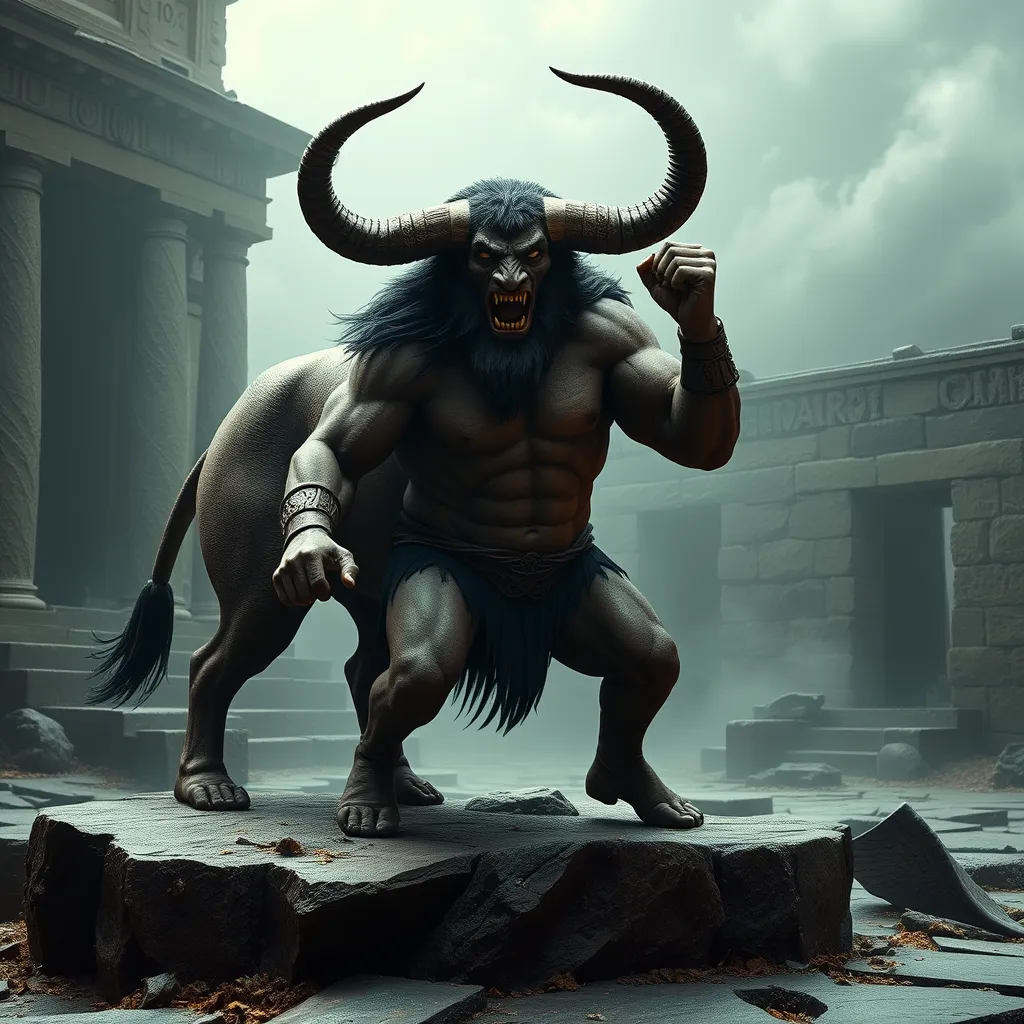Goblin Festivals: Celebrating Goblin Folklore Around the World
I. Introduction
Goblins are a staple of folklore, representing a wide variety of mischievous, sometimes malevolent, creatures that inhabit the realms of myth and legend. These beings are often depicted as small, grotesque figures with a penchant for trickery and chaos. Across different cultures, goblins embody the fears and fascinations of humanity, leading to the creation of numerous festivals dedicated to their lore.
The importance of goblin festivals in various cultures lies not only in their entertainment value but also in their role in preserving traditions and sharing stories. These celebrations often bring communities together, allowing them to engage with their heritage while enjoying the whimsical aspects of goblin mythology. This article will explore the origins of goblin folklore, notable festivals around the globe, associated rituals, and the impact these celebrations have on local communities.
II. Historical Origins of Goblin Folklore
Goblins have been referenced in literature since ancient times. Early texts, such as those from Anglo-Saxon England and medieval European tales, often described these creatures as troublesome beings that would steal from or deceive humans. Over the centuries, the portrayal of goblins has evolved significantly, with different cultures adapting the concept to fit their own narratives and beliefs.
The evolution of goblin mythology is a reflection of the societies that created them. In some cultures, goblins were seen as spirits of the earth, connected to nature and the wild, while in others, they were viewed more as harbingers of mischief and disorder. The significance of goblins extends beyond mere entertainment; they often served as allegorical figures in folklore, embodying superstition and moral lessons meant to guide behavior and understanding.
III. Notable Goblin Festivals Around the World
Numerous regions around the world celebrate goblins through festivals that highlight local traditions and myths. Here are some notable examples:
- The Goblin Market Festival in England: This festival takes place in various towns, celebrating the mythical market where goblins sell their wares. It features storytelling, crafts, and local produce.
- The Goblins’ Night Celebration in Germany: Held on the eve of All Hallows’ Eve, this festival includes parades, music, and traditional dances, honoring the mischievous spirits of the forest.
- The Gnomes and Goblins Festival in Scandinavia: This colorful festival combines folklore with modern entertainment, featuring performances, food stalls, and games inspired by Scandinavian goblins and gnomes.
- Other regional celebrations: Many smaller towns and villages host their own goblin-themed events, often associated with harvests or seasonal changes, where local legends and tales are shared.
IV. Rituals and Traditions Associated with Goblin Festivals
Goblin festivals are rich in rituals and traditions, often reflecting the folklore of the region. Here are some common practices:
- Common practices: Activities such as storytelling sessions, traditional dances, and theatrical performances reenact goblin tales, engaging attendees of all ages.
- Traditional foods and drinks: Festivals often feature local delicacies that may be inspired by goblin lore, such as spiced pastries, herbal drinks, and hearty stews that evoke the rustic nature of goblins.
- Costumes and masquerades: Many attendees dress as goblins or other mythical creatures, creating a festive atmosphere. These costumes often include earthy colors, whimsical accessories, and masks.
V. Symbolism of Goblins in Festivals
The symbolism of goblins is multifaceted. They often represent:
- The dual nature of goblins: While goblins are often associated with mischief, they can also serve as protectors of nature, embodying the wild, untamed aspects of the world.
- Symbols of nature and the wild: Goblins are frequently seen as guardians of the earth, reminding festival-goers of the importance of respecting nature and its mysteries.
- Moral lessons: Many goblin tales contain moral undertones, teaching lessons about greed, respect, and the consequences of one’s actions.
VI. Modern Interpretations and Adaptations
In contemporary culture, goblin folklore continues to inspire a wide array of media and literature. Goblins appear in modern fantasy novels, films, and video games, often reimagined as quirky characters or formidable foes. The resurgence of interest in folklore festivals is evident as communities seek to reconnect with their cultural roots, celebrating not just goblins but the broader spectrum of folklore and myth.
Popular adaptations of goblin lore in media include:
- Fantasy literature, where goblins are depicted in various roles, from comical sidekicks to cunning adversaries.
- Films that explore fantastical worlds, often featuring goblin-like creatures as integral parts of the story.
- Video games that allow players to engage with goblin characters, either as allies or foes, enriching the narrative experience.
VII. The Impact of Goblin Festivals on Local Communities
Goblin festivals have a significant impact on local communities, offering various benefits:
- Economic benefits: Festivals attract tourists, boosting local businesses such as restaurants, hotels, and shops, contributing to the economy.
- Cultural heritage preservation: By celebrating folklore, communities preserve their cultural narratives and pass them down to future generations.
- Community engagement: Festivals foster a sense of belonging and participation among residents, encouraging collaboration and unity.
VIII. Conclusion
Goblin festivals are more than just fun celebrations; they are a vibrant expression of folklore that connects people to their cultural heritage. These festivals highlight the enduring appeal of goblins in storytelling and community identity. As societies continue to evolve, the fascination with goblin lore remains, encouraging individuals to explore and participate in local folklore celebrations, keeping the spirit of goblins alive for generations to come.



